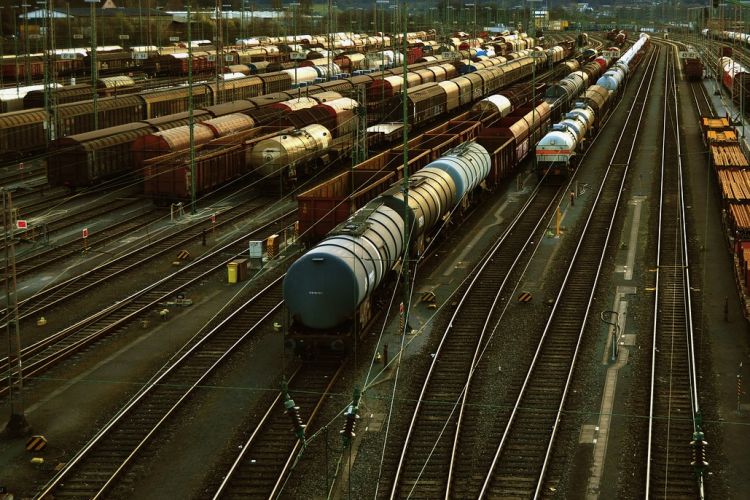Red Sea Oil Transport Uninterrupted Despite Regional Unrest
Despite missile and drone attacks on container ships in the Red Sea from the Yemeni Houthis, tanker traffic remained stable in December, Reuters has reported, citing vessel tracking data.
On a daily basis, the data showed there were 76 tankers carrying crude oil and fuels in the Red Sea. This, Reuters wrote, was just two tankers fewer than the average for November and three fewer than the average for the first eleven months of last year.
"We haven't really seen the interruption to tanker traffic that everyone was expecting," Lloyd’s List shipping analyst Michelle Wiese Bockmann told Reuters.
The Houthis, who control most of Yemen, launched a string of attacks on Israel-bound ships in the Red Sea in reaction to Israel’s bombing of Gaza. As a result, container shippers have diverted traffic to the Cape of Good Hope, which adds more than a week to the average journey from Asia to Europe and has sent freight rates skyrocketing.
Some oil traders, notably BP and Equinor, have also diverted some tankers from the Bab-el Mandeb Strait and the Suez Canal to the Cape of Good Hope. These developments have boosted U.S. crude oil shipments to Europe as buyers consider U.S. oil safer and cheaper in the current circumstances.
Initially, the Houthi attacks on ships in the Red Sea caused a spike in oil prices but it did not last, with prices retreating to around $70-$76 per barrel. However, a more serious disruption in the flow of oil from the Middle East could change this, Goldman Sachs said earlier this week.
“The Red Sea is a transit route, and a prolonged disruption there, oil can be three or four dollars higher,” the head f the bank’s oil research unit, Daan Struyven, told CNBC.
“However if you have a disruption in the Strait of Hormuz for a month, [oil] prices would rise by 20 percent and could even eventually double if the disruption there lasted for longer.”
Despite missile and drone attacks on container ships in the Red Sea from the Yemeni Houthis, tanker traffic remained stable in December, Reuters has reported, citing vessel tracking data.
On a daily basis, the data showed there were 76 tankers carrying crude oil and fuels in the Red Sea. This, Reuters wrote, was just two tankers fewer than the average for November and three fewer than the average for the first eleven months of last year.
"We haven't really seen the interruption to tanker traffic that everyone was expecting," Lloyd’s List shipping analyst Michelle Wiese Bockmann told Reuters.
The Houthis, who control most of Yemen, launched a string of attacks on Israel-bound ships in the Red Sea in reaction to Israel’s bombing of Gaza. As a result, container shippers have diverted traffic to the Cape of Good Hope, which adds more than a week to the average journey from Asia to Europe and has sent freight rates skyrocketing.
Some oil traders, notably BP and Equinor, have also diverted some tankers from the Bab-el Mandeb Strait and the Suez Canal to the Cape of Good Hope. These developments have boosted U.S. crude oil shipments to Europe as buyers consider U.S. oil safer and cheaper in the current circumstances.
Initially, the Houthi attacks on ships in the Red Sea caused a spike in oil prices but it did not last, with prices retreating to around $70-$76 per barrel. However, a more serious disruption in the flow of oil from the Middle East could change this, Goldman Sachs said earlier this week.
“The Red Sea is a transit route, and a prolonged disruption there, oil can be three or four dollars higher,” the head f the bank’s oil research unit, Daan Struyven, told CNBC.
“However if you have a disruption in the Strait of Hormuz for a month, [oil] prices would rise by 20 percent and could even eventually double if the disruption there lasted for longer.”







